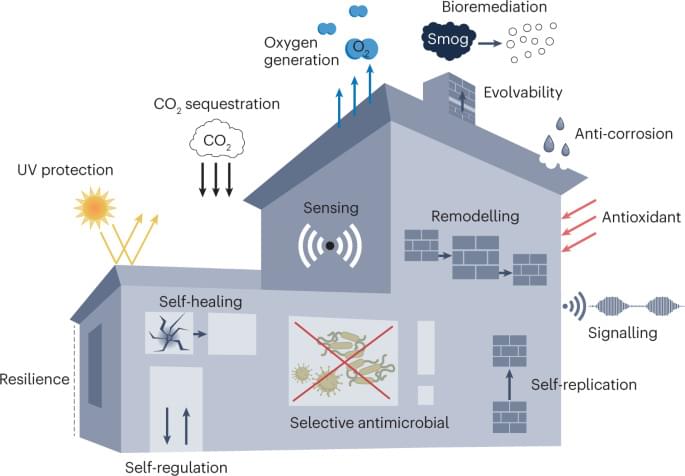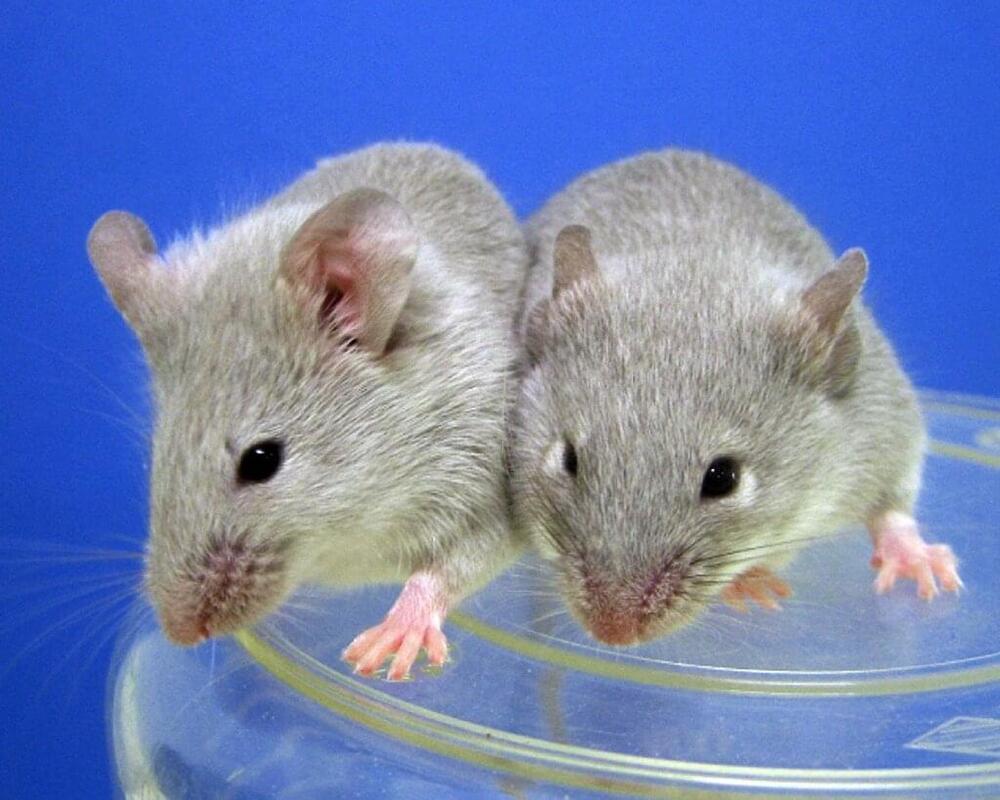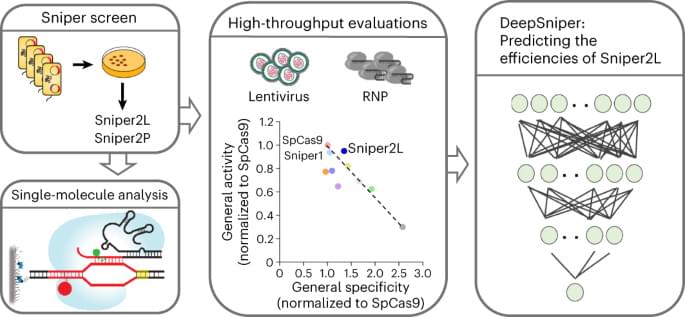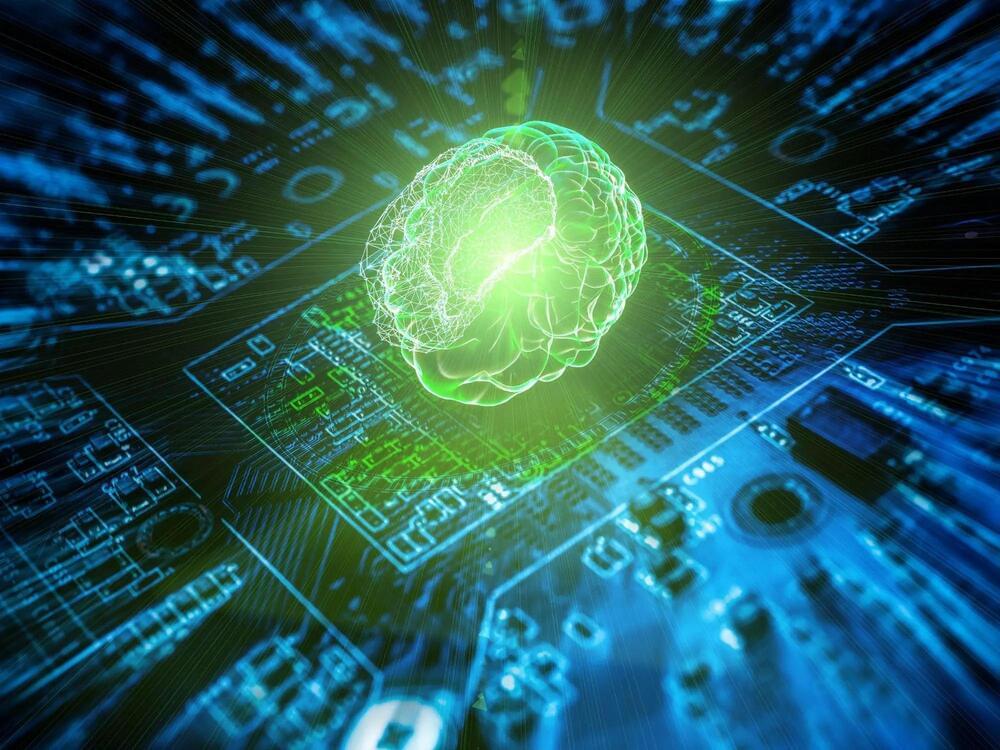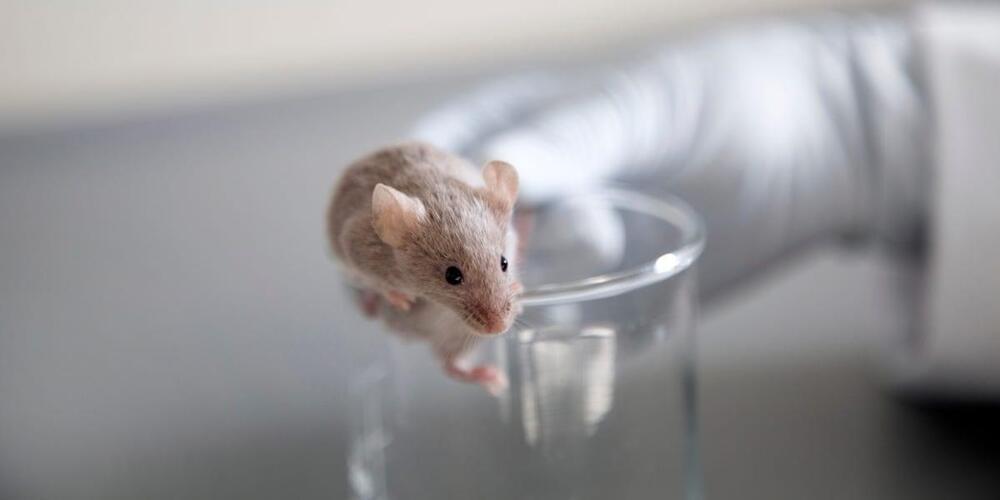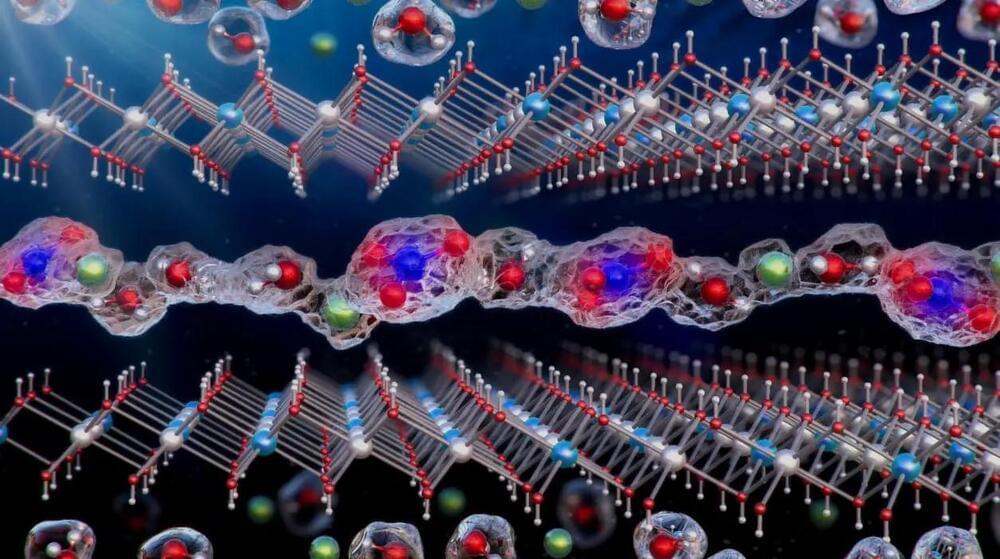In vitro biological neural networks (BNNs) interconnected with robots, so-called BNN-based neurorobotic systems, can interact with the external world, so that they can present some preliminary intelligent behaviors, including learning, memory, robot control, etc.
This work aims to provide a comprehensive overview of the intelligent behaviors presented by the BNN-based neurorobotic systems, with a particular focus on those related to robot intelligence.
In this work, we first introduce the necessary biological background to understand the 2 characteristics of the BNNs: nonlinear computing capacity and network plasticity. Then, we describe the typical architecture of the BNN-based neurorobotic systems and outline the mainstream techniques to realize such an architecture from 2 aspects: from robots to BNNs and from BNNs to robots.
